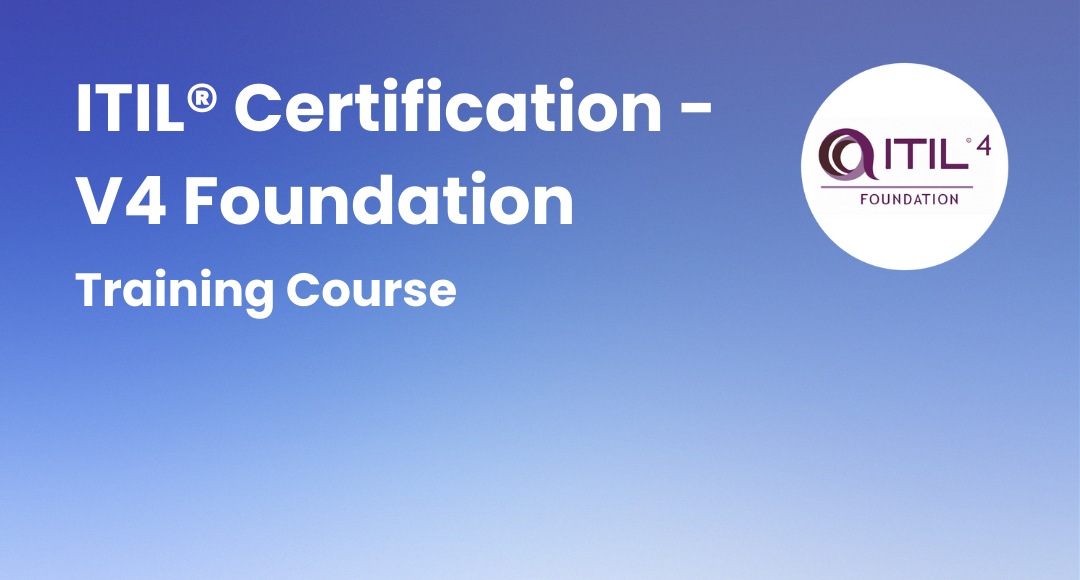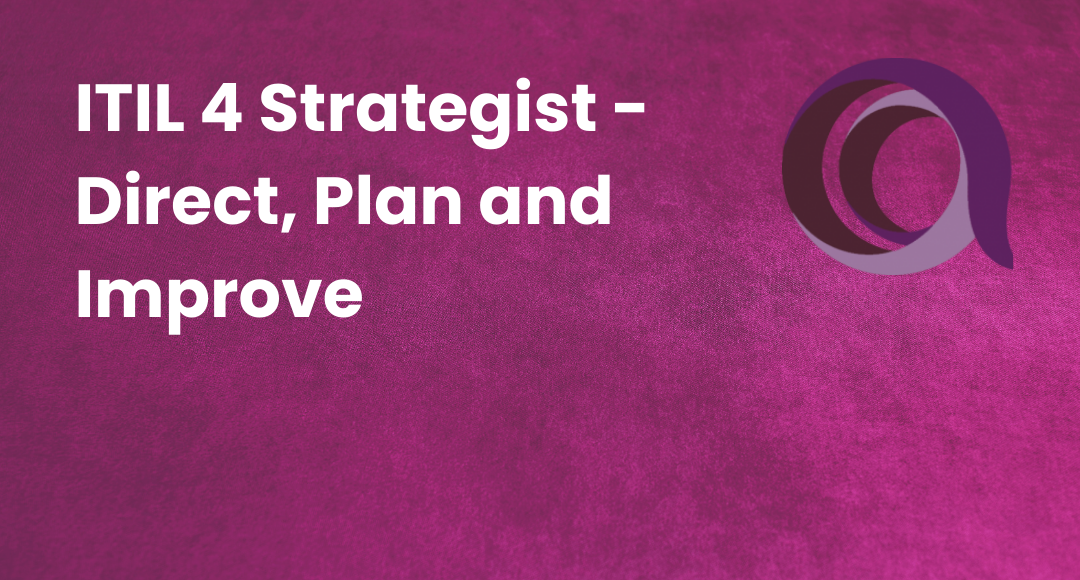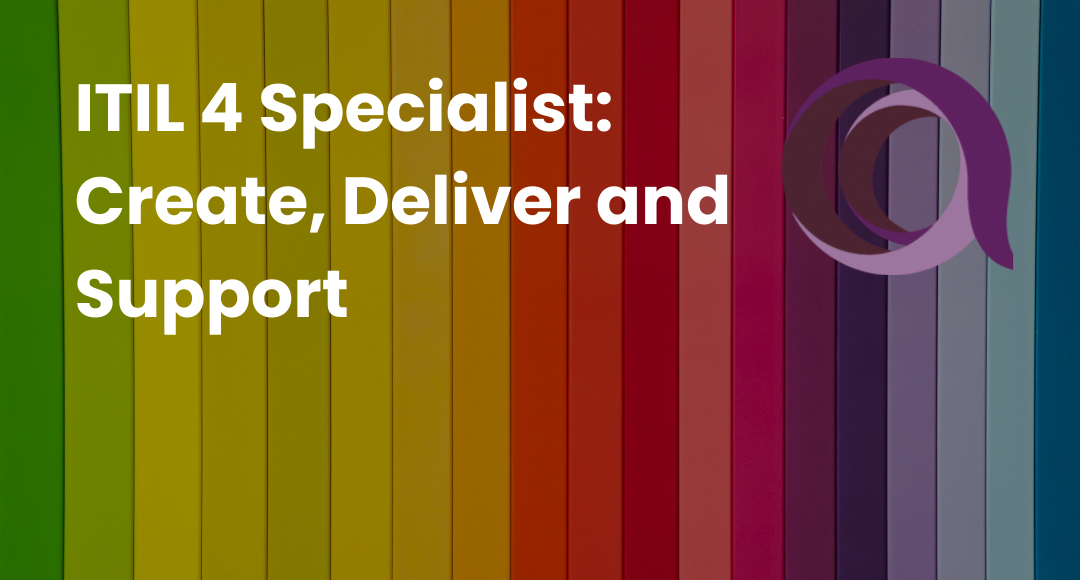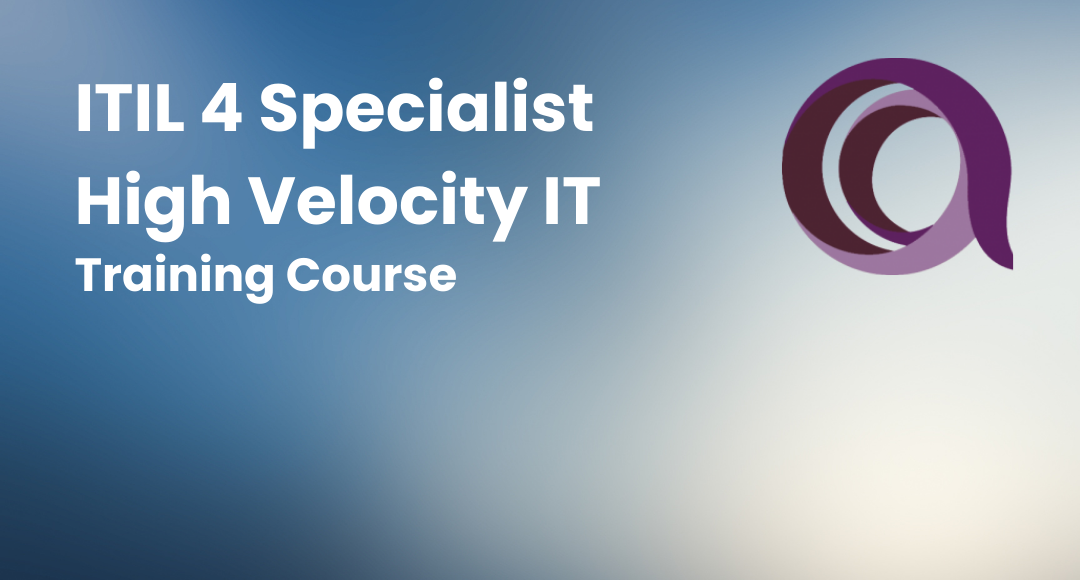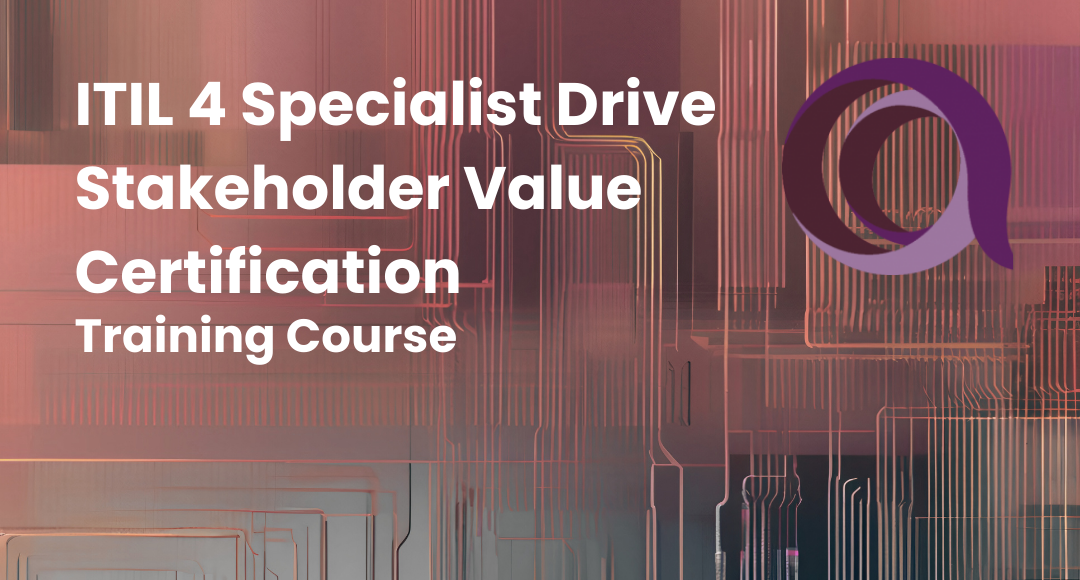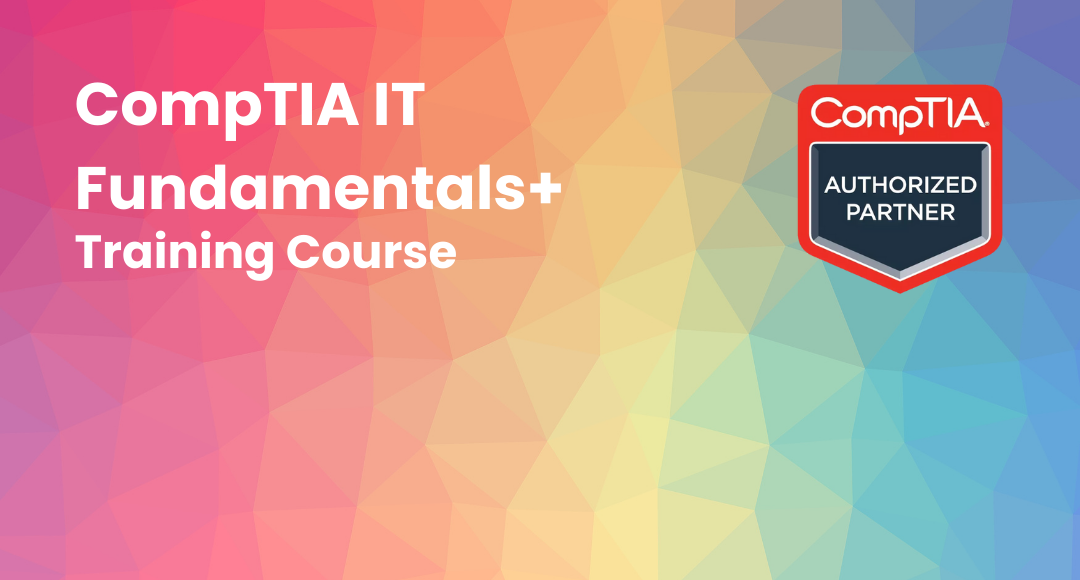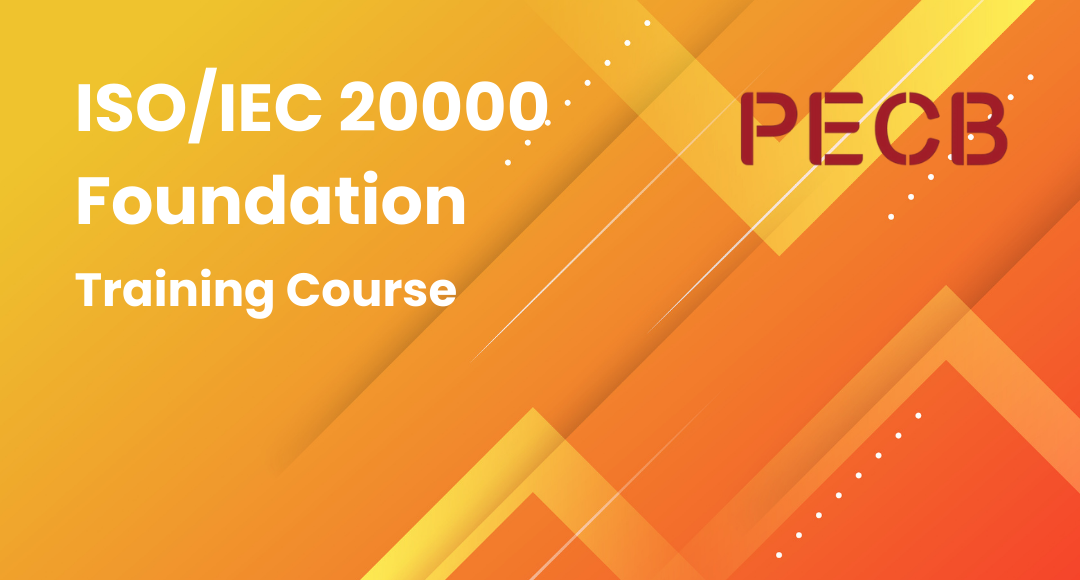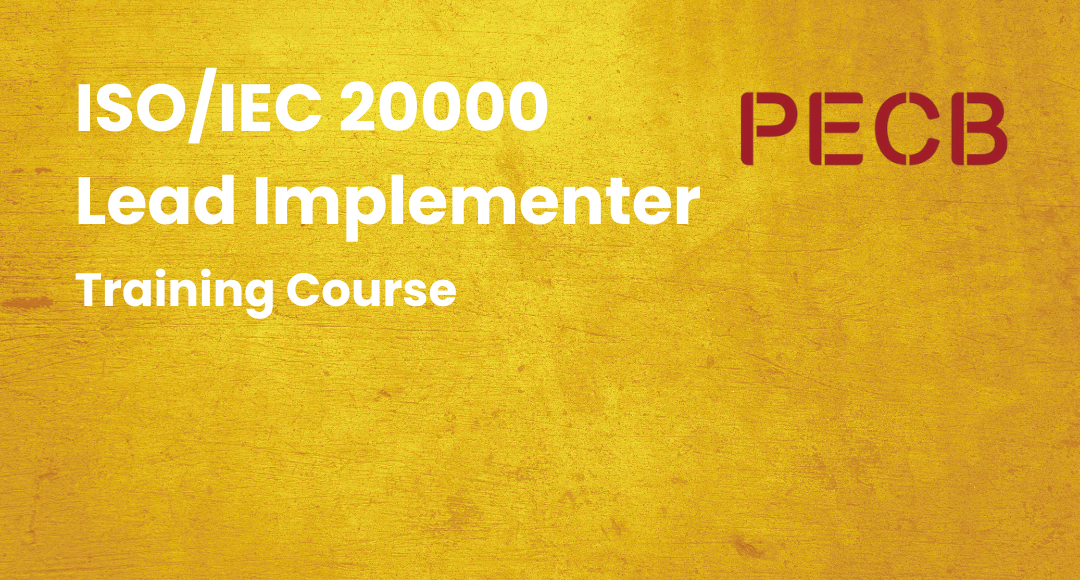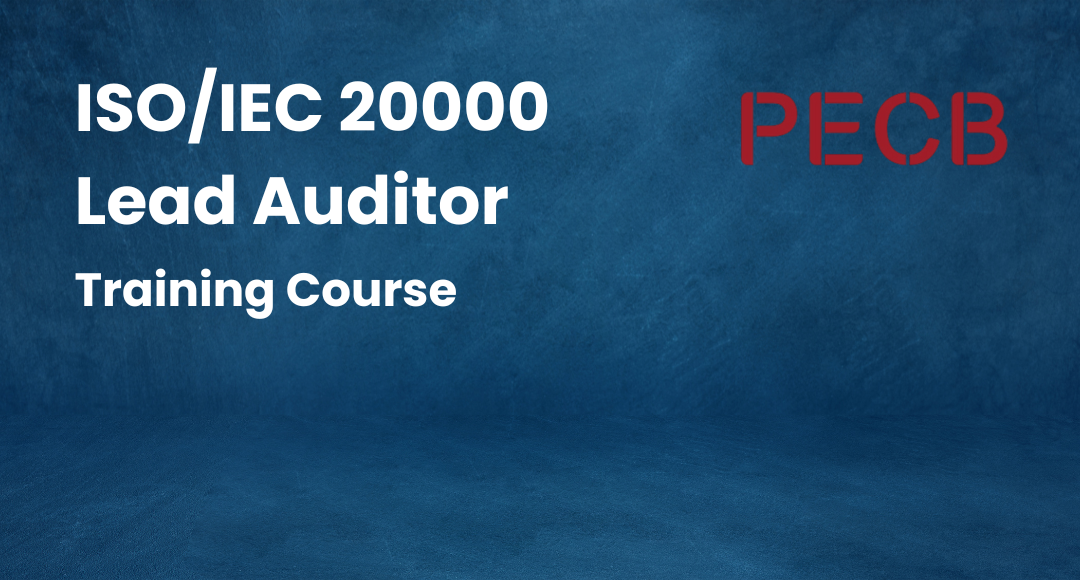Top 5 IT Service Management Tools in 2024
-
 By Prajwal
By Prajwal - Published on Feb 27 2024

ITSM, in simple terms, is how the IT teams manage the end-to-end delivery of IT services to customers. This includes all the processes and activities to design, create, deliver, and support IT services.
The core concept of ITSM is the belief that IT should be delivered as a service.
ITIL, or Information Technology Infrastructure Library, is the most widely accepted approach to ITSM, along with DevOps. ITIL focuses on practices for aligning IT services with business needs, while DevOps emphasizes accelerated IT service delivery enabled by agile and lean practices.
Basically, it implies that both ITIL and DevOps are the leading frameworks that guide the IT teams to tackle any kind of situation that occurs while they deliver IT services to customers.
ITIL 4 is the most recent update to the ITIL standards, and it has forever changed how IT teams operate in any given situation. The ITIL 4 Guiding Principles promote collaboration, simplicity, and feedback.
According to recent industry statistics, organizations adopting robust ITSM practices experience a 30% increase in service efficiency and a 25% reduction in downtime, highlighting the tangible benefits of implementing effective ITSM solutions in today's dynamic business landscape.
Now that we have a basic understanding of ITSM and its frameworks, let us understand the significance of ITSM and its related software or tools at this moment in time.
Table of Contents
Criteria for Evaluation
When selecting the ideal IT Service Management (ITSM) tools, consider the following key criteria:
Comprehensive Features:
- Ensure the chosen IT Service Management Software covers incident and change management.
- Evaluate the tool's capabilities as an IT Asset Management Software for effective asset lifecycle tracking.
Integration and Compatibility:
- Check compatibility with existing IT Service Management Applications and IT Asset Management Tools for seamless integration.
Scalability and Flexibility:
- Confirm scalability to accommodate growth.
- Assess flexibility, especially compatibility with different IT Project Management Tools environments.
User-Friendly Interface:
- Opt for Top IT Service Management Tools with an intuitive interface for enhanced user adoption.
Automation and Customization:
- Look for automation features in IT Service Management Applications and IT Project Management Tools.
- Assess customization options in the IT Service Management Software to meet unique organizational needs.
Reporting and Analytics:
- Prioritize Top IT Service Management Tools with robust reporting for performance insights.
- Consider reporting functionalities in IT Service Management Applications and IT Project Management Tools for informed decision-making.
By prioritizing these criteria, organizations can efficiently select ITSM tools that align with current needs while providing flexibility for future growth and challenges.
ITSM Benefits for the Professionals
ITSM benefits your IT team, and its service management principles can improve your entire organization. It is focused on improving the productivity and efficiency of the organization as well as the IT teams within it.
The most common benefits of ITSM include the following:

- Aligning IT teams with business priorities is tracked through success metrics.
Aligning your teams with the business goals that are based on the ITSM frameworks can help boost the productivity of your team and eventually your organization. The ITSM frameworks operate on the principles of flexibility and efficiency. This helps the IT teams follow its guidance to secure an elevated chance of success.
- Enabling cross-department collaboration
One of the principles of the framework promotes collaboration amongst different departments of an organization. This ensures the smooth working of the operations within and between the departments.
- Empowering IT teams to share knowledge and continuously improve
The framework allows a professional to exchange information with his team and other departments present in the organization. This provides the professional with a healthy competition, boosting his productivity within the organization.
- Improving request coordination for more efficient service
ITSM frameworks provide the flexibility required to handle unexpected requests from the customer's end. This helps improve the quality of service provided by an organization as a whole.
- Promoting customer-centricity with self-service and better processes
Providing customers with the best IT service possible is one of the goals of various ITSM frameworks. The frameworks help the customers by simplifying the entire process of providing IT services and saving the customer's valuable time.
- All of which decrease costs and lead to better service.
ITSM’s major goal is to improve efficiency and decrease the costs of the IT organization’s services.
The points mentioned above are some of the major benefits that ITSM provides to its customers. Next in line are some of the popular ITSM tools of recent times.
Top 5 IT Service Management Tools
There are a number of ITSM tools that you should use according to the requirements of your company. Let us dive into the critical capabilities of IT service management tools.
Here is the list of the top 5 ITSM tools or software that are commonly used by IT organizations and professionals:

- This ITSM solution is best for mid-size and enterprise organizations.
- InvGate Service Management offers a 30-day free trial and pricing starts at $17 per month per agent, billed annually, according to its website.
Some of the features of InvGate Service Management are:
- Visual workflow builder with drag-and-drop configuration and pre-built templates to automate processes.
- AI-powered capabilities for all clients.
- Wide array of integrations with Asset Management and communication tools.
SuperOps.ai
- This tool is suitable for small to medium-sized organizations.
- AI’s pricing is fully transparent and affordable, with a 21-day free trial that lets you explore all the features that the platform has to offer.
Some of the features of SuperOps.ai are:
- Small and large-scale incidents and service management through tickets and projects.
- a simplified service catalog to inventory and manage all your offerings.
- Client tickets are connected to the respective assets for better context and issue resolution.
- Event and time triggers to automate your workflows.
Jira Service Management
- This tool is for small to large-scale organizations.
- Jira offers a free trial for 7 days. There are two pricing plans: a small team plan will cost $10 per month, and a growing team plan will cost $20 per agent per month.
Some of the features of Jira Service Management are:
- It will allow the team members to create a change request without approval.
- The self-service portal will be powered by machine learning.
- It provides reports that will help you improve performance.
Salesforce
- This tool is also best for small to large-scale organizations.
- The different plans available are: Essentials plan: $25/user/month; Professional plan: $75/user/month; Enterprise plan: $150/user/month; and Unlimited plan: $300/user/month. A 30-day free trial is also available.
Some of the features of Salesforce are:
- Workflow automation
- Offer instant customer support with a self-service option.
- Strengthen customer engagement with an appointment assistant.
- Automatic call routing.
Zendesk ITSM
- This tool is also suited for small to large-scale organizations.
- A free trial is available. It has three pricing plans, i.e., support, suite, and a plan to build your own solution. The price starts at $5 per agent.
Some of the features of Zendesk ITSM are:
- It has features for knowledge bases.
- It can be used for self-service and internal self-service.
- It provides virtual customer assistance.
With these tools, different types of organizations are able to provide their services to their customers in the most efficient way possible.
Now that we have come to the end of this article, let us take a look at what we learned from it.
Future Trends in ITSM
Integration of IT Asset Management Software:
Organizations will increasingly integrate advanced IT asset management software for streamlined control and visibility over digital assets, optimizing decision-making.
Advanced IT Service Management Applications:
Future trends emphasize adopting sophisticated IT service management applications, leveraging automation and AI for proactive issue resolution, and enhancing user satisfaction.
Rise of Top IT Service Management Tools:
Demand for efficient solutions fuels the emergence of next-generation IT service management tools, incorporating agile methodologies and user-centric designs.
Increased Reliance on IT Project Management Tools:
With digital transformation, reliance on IT project management tools intensifies, empowering teams for efficient planning, execution, and monitoring of IT projects.
Enhanced Capabilities of IT Asset Management Tools:
Evolving technology drives the continual enhancement of IT asset management tools, crucial for optimizing resource allocation, risk management, and regulatory compliance.
Growing Adoption of ITSM in Diverse Industries:
Beyond IT, industries recognize the value of applying IT service management applications to enhance overall business operations, marking an upward trajectory in adoption.
Stay ahead with the latest advancements in IT service management software and tools, shaping the digital landscape for organizational resilience and optimal IT infrastructure utilization.
Conclusion
This article has taught you about the ITSM industry and its frameworks that help IT professionals provide seamless service to customers. You have learned about the benefits that ITSM principles provide an organization or business.
At last, you were informed about some of the tools that help ITSM professionals provide quality service to their customers.
Now you are fully equipped to decide whether your organization needs the above-mentioned ITSM tools or not.
Learn about some of the related courses that we offer in the ITSM category, like:
ITIL® V4 Foundation Training and ITIL® V4 Foundation Training.
Also, learn about the other courses that we provide at Sprintzeal.
FAQ
What features are crucial in ITSM tools?
Look for advanced ticketing, robust incident and change management, automation, and seamless integration.
How do ITIL and DevOps complement each other in ITSM?
ITIL focuses on aligning IT services with business needs, while DevOps accelerates IT service delivery, creating a synergistic approach for effective ITSM.
What sets ITIL 4 apart, and how does it impact IT team operations?
ITIL 4 introduces principles like collaboration, simplicity, and feedback, causing a significant shift in IT team approaches and practices.
How do ITSM tools leverage both ITIL and DevOps principles?
ITSM tools integrate ITIL's focus on aligning services with business needs and DevOps' emphasis on accelerating service delivery, creating a comprehensive approach for effective ITSM.
Subscribe to our Newsletters
Popular Programs
ITIL 4 Strategist – Direct, Plan And Improve
Live Virtual Training
- 4.9 (350 + Ratings)
- 52k + Learners
ITIL 4 Specialist: Create, Deliver and Support
Live Virtual Training
- 4.3 (74 + Ratings)
- 54k + Learners
ITIL 4 Specialist Drive Stakeholder Value Certification
Live Virtual Training
- 4.5 (82 + Ratings)
- 26k + Learners
Trending Posts
The ITIL 4 Service Desk Guide – Importance and Types
Last updated on Jan 3 2024
All about ITIL 4 practices – Updates, Service Types and Benefits
Last updated on Nov 7 2023
The Importance of ITIL certification and scope for career growth
Last updated on Dec 13 2023
A Guide to Enterprise Asset Management
Last updated on Jan 12 2024
ITIL Framework and Certifications Guide 2024
Last updated on Oct 31 2022
ITIL Guiding Principles Explained
Last updated on Jun 30 2023
Categories
- Other 66
- Agile Management 56
- Cloud Computing 51
- Project Management 170
- Big Data 58
- Business Management 82
- Digital Marketing 73
- IT Service Management 29
- Programming Language 50
- AI and Machine Learning 68
- IT Security 109
- Quality Management 77
- IT Hardware and Networking 25
- Microsoft Program 4
- Workplace Skill Building 12
- Risk Management 9
- Information Security 8
- Leadership and Management 7
- Corporate Training and Development 1
Trending Now
ITIL Framework and Certifications Guide 2024
ArticleTop 25 ITIL Interview Questions and Answers in 2025
ArticleWhat is ITIL – Information Technology Infrastructure Library jobs and Certification Benefits
ArticleHow to become a certified ITIL Expert in 2024
ArticleIs ITIL a fit for your organization's culture?
ArticleITIL Framework Explained (Updated)
ArticleTOP 10 BENEFITS OF TOGAF CERTIFICATION IN ENTERPRISE ARCHITECTURE
ArticleThe Importance of ITIL certification and scope for career growth
ArticleITIL Certification Levels and Job Scope
ArticleWell Explained : The IT Service Management and ITSM Design, Concepts and its Benefits
ArticleAll about ITIL 4 practices – Updates, Service Types and Benefits
ArticleITIL Strategist Certification Overview And Career Path
ArticleEnterprise Architect Interview Questions and Answers 2025
ArticleMost Asked Release Manager Interview Questions and Answers 2025
ArticleHow to Become a Release Manager
ArticleITIL Processes List – 26 ITIL Processes and 5 ITIL Service Lifecycle Stages
ArticleAxelos and TSO launch MSP Foundation app
ArticleITIL Problem Management Guide for Beginners
ArticleITIL Guiding Principles Explained
ArticleWhat is ServiceNow - A Beginner's Guide
ArticleServiceNow - What is it, Fundamentals And Features
ArticleA Guide to Enterprise Asset Management
ArticleService Value System in ITIL 4 Explained in Detail
ArticleThe ITIL 4 Service Desk Guide – Importance and Types
ArticleWhat Is IT Mapping?—An Essential Guide
ArticleTop 6 ITSM best practices
ArticleESM vs ITSM - Key Differences Explained
ArticleTop Incident Manager Interview Questions and Answers 2024
Article